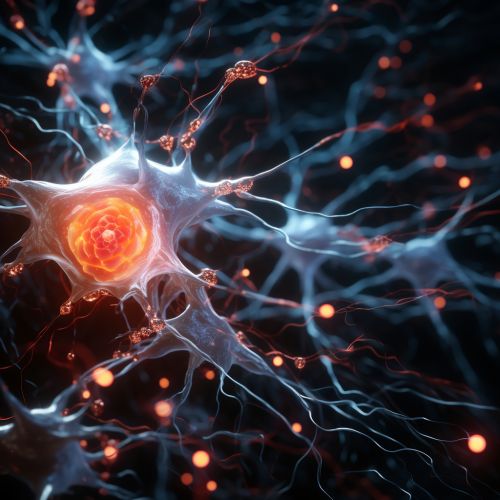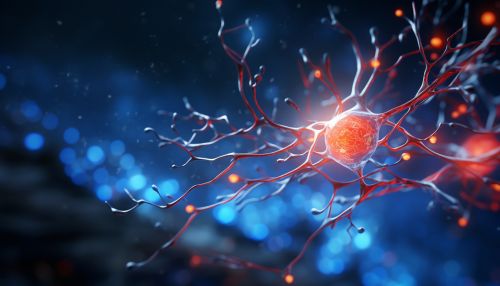Neural coding
Introduction
Neural coding is a neuroscience field that focuses on characterizing the relationship between the stimulus and the individual or ensemble neuronal responses and the relationships among the electrical activity of the neurons in the ensemble. It is linked with neural decoding, which is the study of the transformation of the neuronal responses into the stimulus characteristics.
Basics of Neural Coding
Neural coding is the way in which the nervous system translates information into a sequence of action potentials. These action potentials, or "spikes", are binary, all-or-nothing events, similar to the ones and zeros in digital computers. However, the coding in the nervous system is not as simple as the binary code used in computers.


Types of Neural Coding
There are several ways in which neurons can encode information. These include rate coding, temporal coding, population coding, and sparse coding.
Rate Coding
In rate coding, the specific features of a stimulus are represented by the firing rate of neurons. This is the simplest form of neural coding and is often used as a starting point for understanding more complex forms of coding.
Temporal Coding
Temporal coding refers to the idea that neurons encode information in the timing of their firing. This can include both the precise timing of individual spikes and the timing of spike trains.
Population Coding
In population coding, information is encoded in the activity of a large number of neurons. This is often used in sensory systems, where the activity of a large number of neurons is required to represent the complex features of the sensory environment.
Sparse Coding
Sparse coding is a type of coding in which each neuron is highly selective in its firing, responding only to a very small subset of the possible stimuli. This type of coding is thought to be efficient, as it minimizes the number of spikes that are required to represent a given stimulus.
Neural Coding in Different Brain Areas
Different areas of the brain use different types of neural coding. For example, the retina uses both rate coding and temporal coding to encode visual information, while the auditory system uses a combination of rate and temporal coding to encode sound.
Theories of Neural Coding
There are several theories about how neural coding works. These include the rate coding theory, the temporal coding theory, and the population coding theory. Each of these theories has its strengths and weaknesses, and it is likely that the brain uses a combination of these methods to encode information.
Challenges in Neural Coding Research
Research in neural coding faces several challenges. These include the difficulty of recording from neurons in the living brain, the complexity of the neural code, and the need to develop mathematical and computational models to understand the code.
Future Directions in Neural Coding Research
Future research in neural coding will likely focus on developing more sophisticated models of the neural code, improving methods for recording from neurons in the living brain, and applying these models to understand how the brain processes information.
